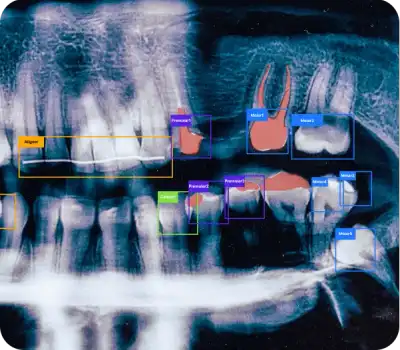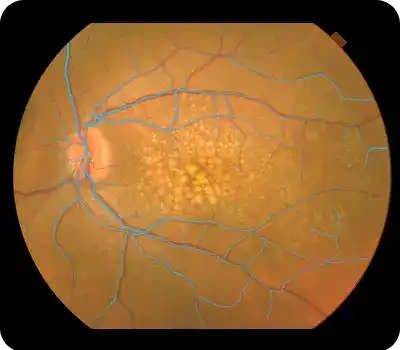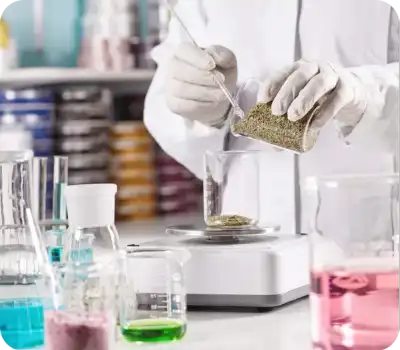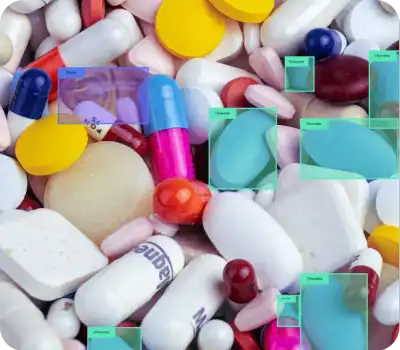Manage Datasets for Healthcare & Medicine Machine Learning
Boost your models & patients outcomes, with pill recongition, cancer detection, drug discovery, tooth numbering, & more
Used by
Machine Learning in Healthcare for Better Patient Outcomes
Database for AI unlocks better healthcare ML pipelines for cancer detection, microscopic cell analysis, tumor detection, drug discovery, & pill recognition to save lives. Process X-ray, (f)MRI, dMRI, ultrasound, microscopy, & Cryo-EM data. Pair it with clinical data, overall survival rate, progression-free survival, & adverse events data to create & manage multimodal datasets.

Cancer Detection
Detect malignant cancerous cells, or identify benign tumors on X-rays or microscopy slides to optimize cancer treatment

Brain imaging on DICOM data
Assist radiologists in detecting abnormalities such as lesions, tumors, & more in MRI, fMRI, dMRI data

Computer vision in microscopy
Generate insights from nanoscopic data by performing image enhancement & noise reduction, particle detection, visualization with CV, & 3D reconstruction

Tooth numbering & dentistry AI
Perform tasks such as teeth and gum segmentation, tooth counting, & dental object tagging

Eye disease detection with AI
Build automated screening and diagnosis systems for diabetic retinopathy, glaucoma, age-related macular degeneration (AMD), & more

Drug discovery
Train models to classify noisy morphology, conduct QSAR analysis, hit discoveries, de novo drug architectures, & evaluate drugs on their propensity to bring a disease phenotype closer to a healthy one

Pill recognition
Teach your models to correctly and timely identify drugs to help manufacturers, patients, or pharmacists, to discern between various pills during production, distribution, or intake

Surgical assistance
Enable automated step identification in surgical videos, surgical navigation during laparascopy, polyp detection during colonoscopy, or use semantic segmentation on anatomical structures as landmarks
Machine Learning Datasets for Healthcare & Medicine
Don't have proprietary data? Use one of the industry-standard public X-ray datasets, cancer datasets, microscopy datasets, or retinal image datasets for tumor detection, skin cancer detection, medical imaging, surgical assistance, & health monitoring
Bad data infrastructure is a cancer on great deep learning models. Get your ML healthcare back on your feet with Activeloop
Computer vision enables new advances in healthcare & medicine, using X-ray, DICOM, ultrasound, & microscopy datasets
Machine learning teams use ultrasound, X-ray, endoscopy, thermography, electron microscopy, and MRI data to train computer vision models that improve patient outcomes, simplifying diagnostic, & procedural operations. A variety of medical domains benefit from computer vision.
Firstly, computer vision helps in disease prevention and monitoring - from tumor detection or cancer detection via analyzing X-ray, DICOM, ultrasound, and electron microscopy data. Secondly, data scientists can develop assistive software to help surgeons provide minimally invasive surgeries and lessen human error, by solving several machine learning tasks such as image classification (laparoscopic surgeries such as cholecystectomies, sleeve gastrectomies, or sigmoid colectomies), object detection (e.g. polyp detection during colonoscopy), semantic segmentation (intraoperative guidance, or preventing biliary tract injuries during laparoscopic cholecystectomy), instance segmentation (recognize surgical instruments and their location during complex surgeries). In addition, Ai is used in dentistry for tasks such as dental object tagging, discerning gums, and teeth, tooth numbering, or identifying cavities. Finally, computer vision teams can apply models to assist drug discovery (from finding materials and consumables & chemical synthesis to pharmacovigilance and drug repurposing) as well as pill recognition.
With Activeloop, machine learning teams working on medical and dental AI solutions can ingest raw biomedical data from various sources, and store it together with its metadata as well as patient clinical data, to create & analyze multimodal datasets, streamable with one line of code. In addition, you can visualize X-ray, DICOM, and ultrasound data in-browser regardless of the dataset scale. Teams can also collaborate on curating their biomedical datasets by instantly accessing subsets of interest via our performant query engine. Finally, ML specialists can stream their materialized biomedical datasets while training models in PyTorch or TensorFlow, regardless of scale.


_dataset_visualization-2cde29712b4d56d16f438ab9d756e08c.png)